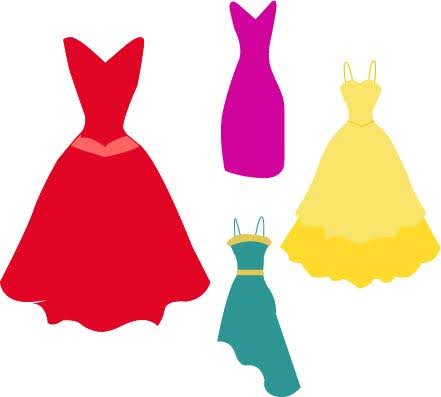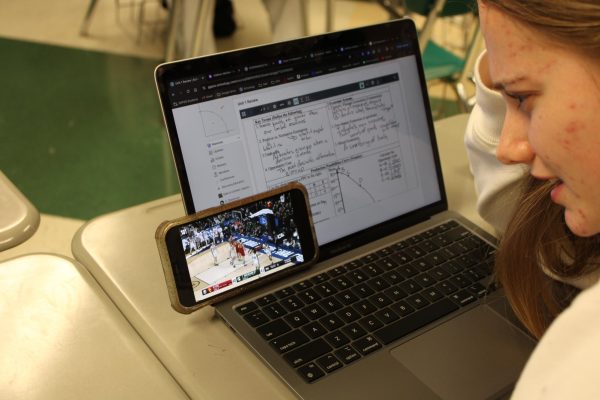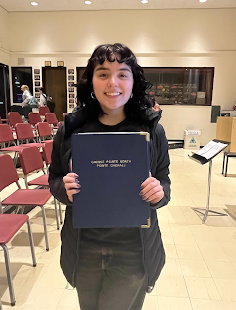Taste the difference
Students examine differences between school lunches around the world
An American lunch consisting of a fruit cup, tater-tots, mash potatoes and a side of peas isn’t like a lunch consisting of sauteed shrimp, brown rice and fresh peppers from Spain.
In the United States, according to the Centers for Disease Control and Prevention, childhood obesity has doubled in children and quadrupled in adolescents in the past 30 and a half years.
Recently on social media, pictures uploaded by the Tumblr account Sweetgreens compares the typical United States school lunch to other lunches across the globe like Ukraine, Finland, Italy, Spain, South Korea, and Brazil. The school lunch from Brazil shows a plate of pork and mixed vegetables with a side of rice, salad, and baked plantains, and a meal from Italy shows fresh fish seasoned with arugula alongside pasta with tomato sauce and grapes. Although the pictures aren’t exact representations of school lunches, they provide understanding of what foods are served in different countries compared to the common lunch in the United States.
Junior McKenzie Obermok was asked to choose which European lunch was the most appealing and how it differs from cafeteria food in the United States.
“I really like Italian lunch and the lunch from Spain,” Obermok said, “It looks really good and one of them has shrimp in it, which is impossible to find in school lunches and the Italian one has like pasta and grapes.”
Obermok says she doesn’t get cafeteria food regularly, and doesn’t believe that the cafeteria lunches are healthy.
“They are all really high in salt and their not the best tasting and they aren’t really healthy either,” Obermok said, “Like even though Michelle Obama did the whole ‘school lunches have to be healthier’ or whatever it still isn’t even that healthy.”
For junior Hannah Naimo, reduced portion sized lunches aren’t enough to keep energized throughout the rest of the day.
When Naimo was asked what is different between American lunches and European lunches, she believed that the freshness and preparation of lunches from Spain and South Korea are what makes American food different from other lunches across the globe.
“It sort of seems like other countries have like actual food,” Naimo said, “It looks like food that you would see if you were to go to someone’s house for dinner or that your family would have at like a family dinner. It looks nutritious and actually appealing to eat and looks really good and then our food kind of looks like garbage compared to everything else.”
One of the many changes in school lunches over the years were reduced portion sizes, providing students with an appropriate amount of nutrition needed. According to Cornell University food psychologist Brian Wansink, Ph.D., portion control is “the key to making sure that more of the 200 food choices we make each day are closer to what our thinking brain—as opposed to our instinctive brain—would like”, meaning by reducing portion sizes in any meal, it provides people the ability to make form better eating habits throughout the course of a day.
Obermok says that the portions of food given aren’t reinforcing good eating habits.
“Well, portion control is good and all, but like if you are being given really bad stuff to eat it doesn’t really make a difference in what you eat—it’s still bad,” Obermok said.
Naimo believes that schools try to teach healthy habits with portion control, but aren’t succeeding in doing so.
“I think they like intend to do that,” Naimo said, “But like if they are really trying to keep us energized then they need to give us more proteins and food that is going to help you rather than just like fake food and sugary stuff.”
If American schools provided their students with healthier food, Naimo says portion control wouldn’t need to be an issue.
“I mean I feel like if they were giving us better food than portion control probably wouldn’t be like super important,” Naimo said, “Like if they were giving us healthy food then it would be ok to eat more healthy foods like vegetables and stuff as opposed to like eating more like of the processed foods that they have at school. I think it’s important, it just depends on what they decide to give us.”
















